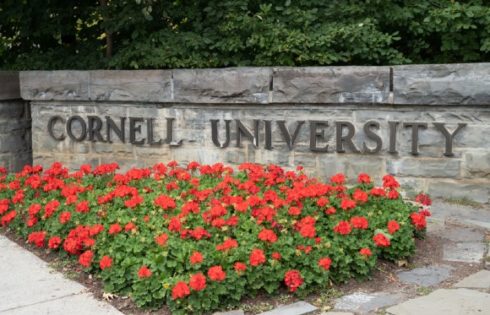
A new working paper from the Becker Friedman Institute at the University of Chicago found that student loan forgiveness programs would mostly benefit high-earning college graduates.
Constantine Yannelis, a finance professor at the University of Chicago, and Sylvain Catherine, a finance professor at the Wharton School at Penn, released the paper on November 30.
The pair said:
Full or partial forgiveness is regressive because high earners took larger loans, but also because, for low earners, balances greatly overstate present values. Consequently, forgiveness would benefit the top decile as much as the bottom three deciles combined. Blacks and Hispanics would also benefit substantially less than balances suggest. Enrolling households who would benefit from income-driven repayment is the least expensive and most progressive policy we consider.
“Many holders of high loan balances completed graduate and professional degrees, and consequently earn high incomes,” the pair wrote in their introduction. However, income-based repayment plans would benefit middle-income earners.
“We find that the benefits of universal debt forgiveness policies largely accrue to high-income borrowers, while forgiveness through expanding income-contingent loan plans instead favors middle-income borrowers,” the finance professors argued.
MORE: Taxpayers stand to lose $435 billion on unpaid student loans
Their research found that straight forgiveness plans, sometimes called “universal forgiveness,” would benefit high-earners the most. In these programs, debt is discharged.
The paper said:
Under a universal loan forgiveness policy, in present value terms, the average individual in the top earnings decile would receive $5,944 in forgiveness, while the average individual in the bottom earnings decile would receive $1,070 in forgiveness.
Individuals in the bottom half of the earnings distribution would receive one-quarter of the dollars forgiven. Households in the top 30% of the earnings distribution receive almost half of all dollars forgiven. Patterns are similar under policies forgiving debt up to $10,000 or $50,000, with higher-income households seeing significantly more loan forgiveness.
An “Income-Driven Repayment” plan would not have the same disproportionate effect.
“In contrast to universal forgiveness, expanding IDR leads to substantial forgiveness for the middle of the earnings distribution,” according to the finance professors. “Under a policy enrolling all borrowers who would benefit from IDR, individuals in the bottom half of the earnings distribution would receive three-fifths of dollars forgiven and borrowers in the top 30% of the earnings distribution receive one-fifth of dollars in forgiveness.”
The total amount of student loan debt is north of $1.6 trillion, according to personal finance website NerdWallet.
IMAGE: Zimmytws/Shutterstock.com
Like The College Fix on Facebook / Follow us on Twitter




Add to the Discussion